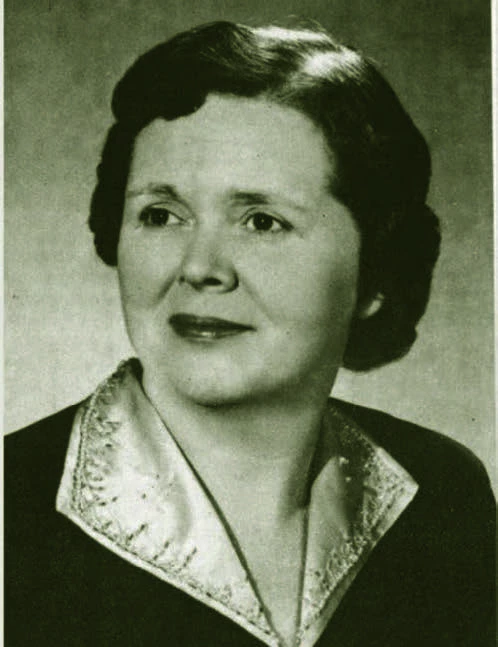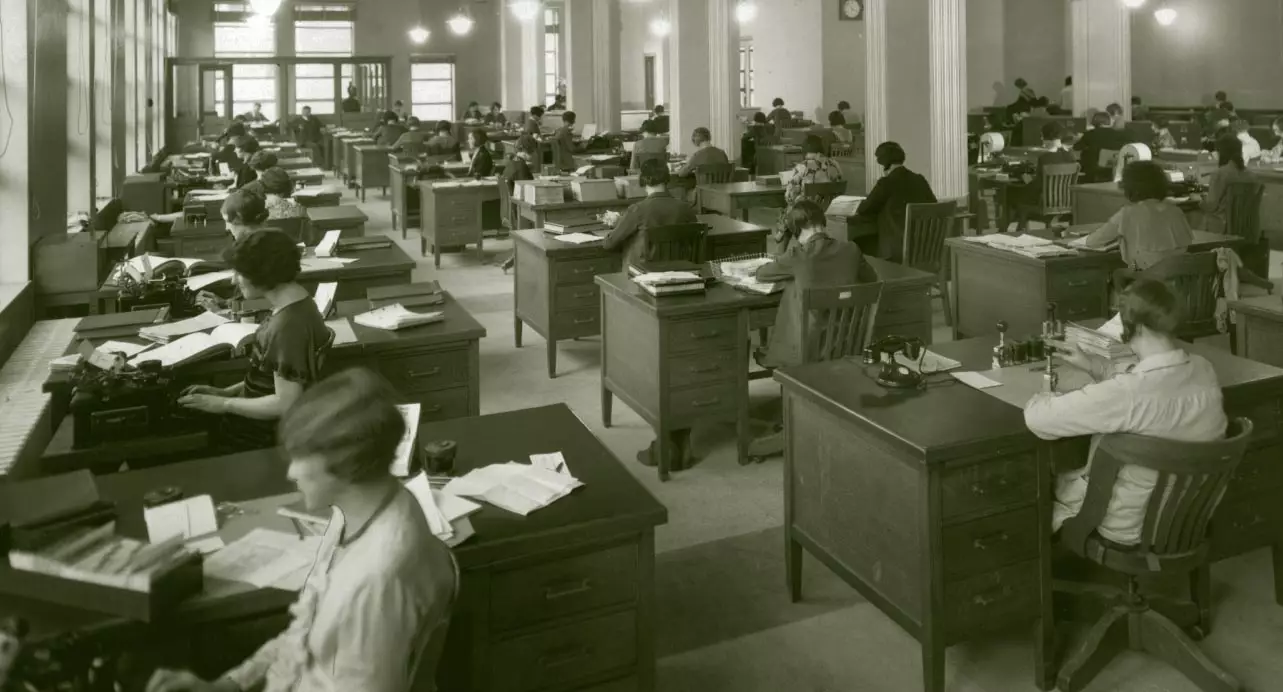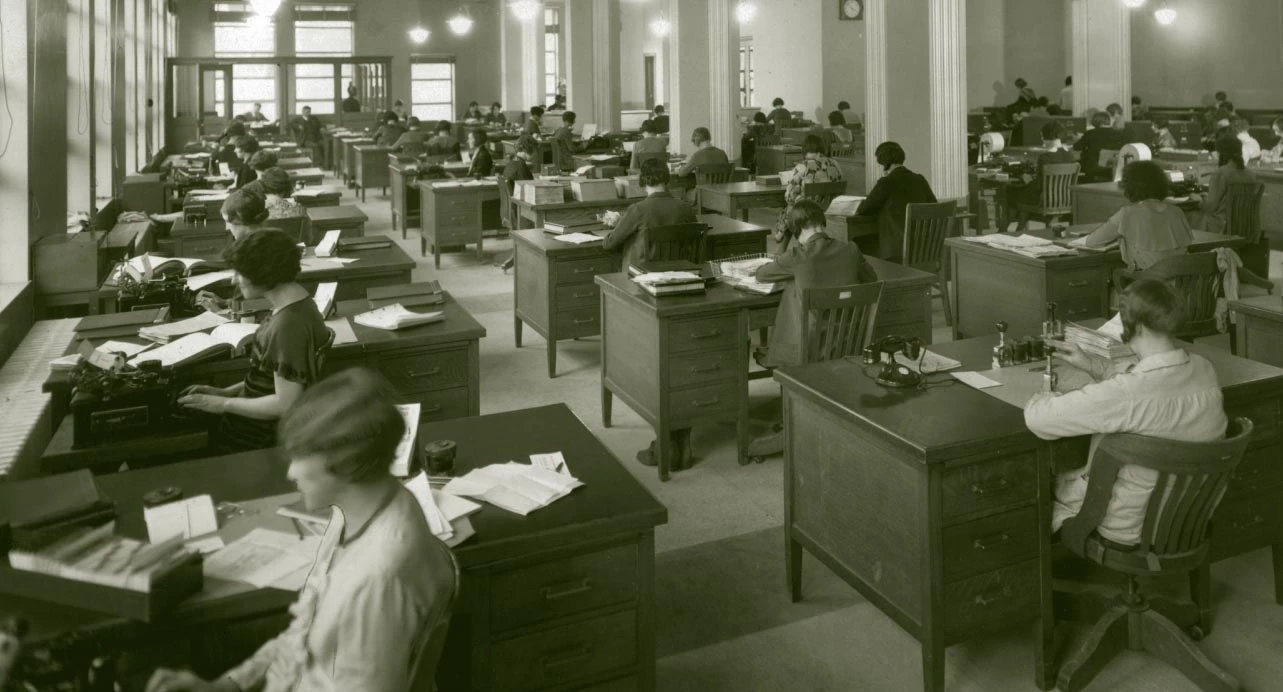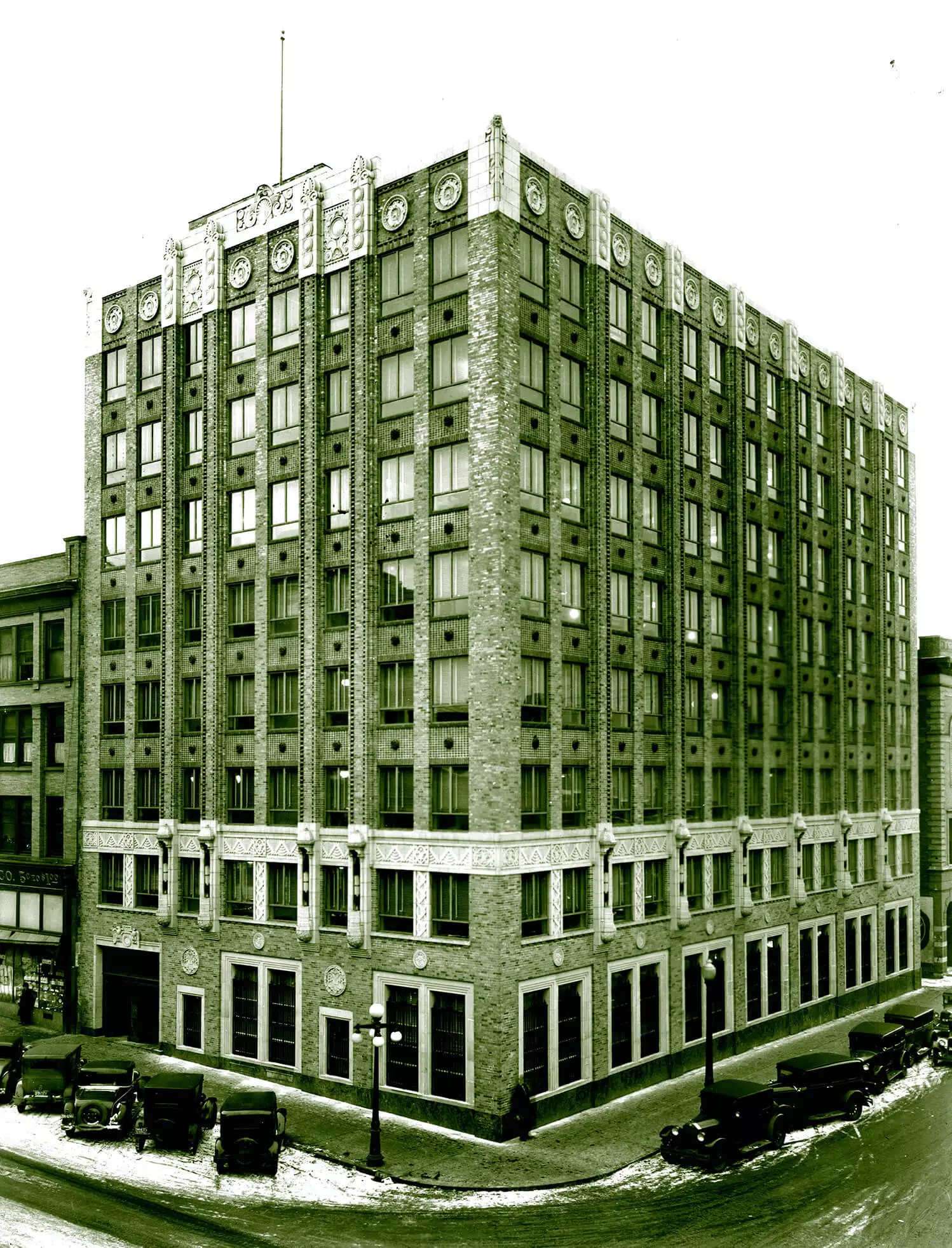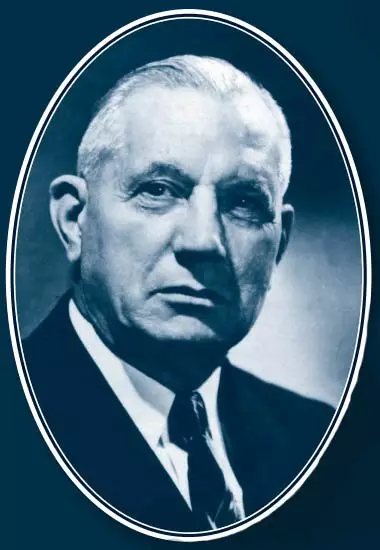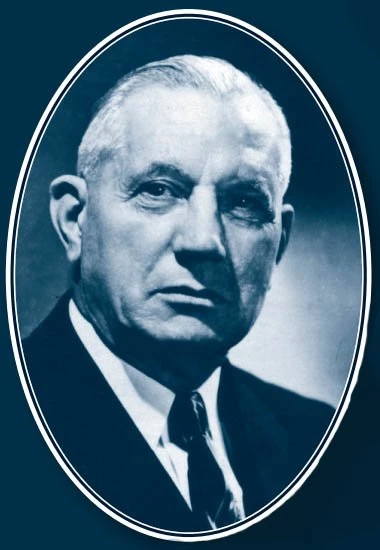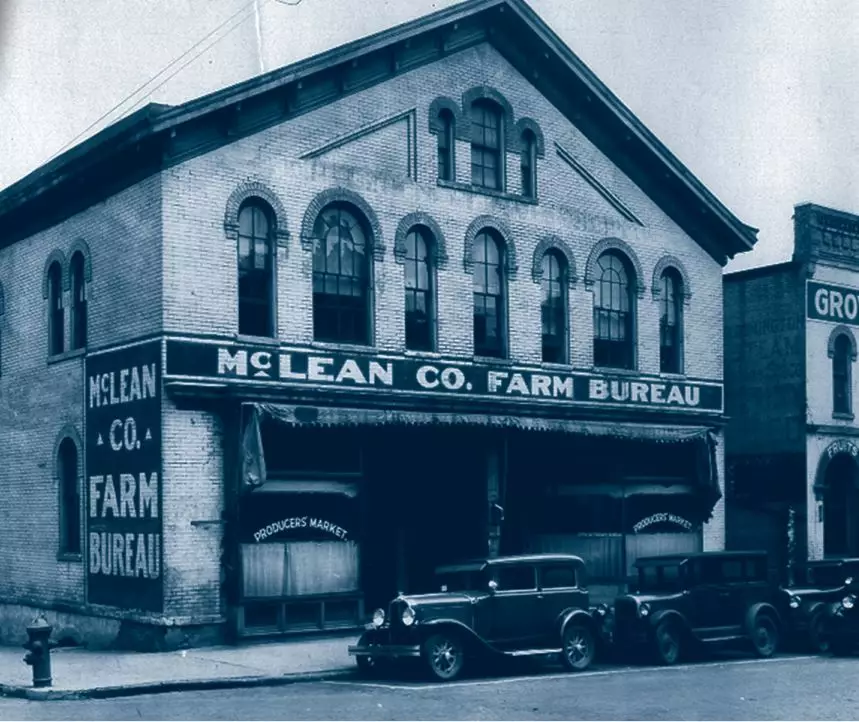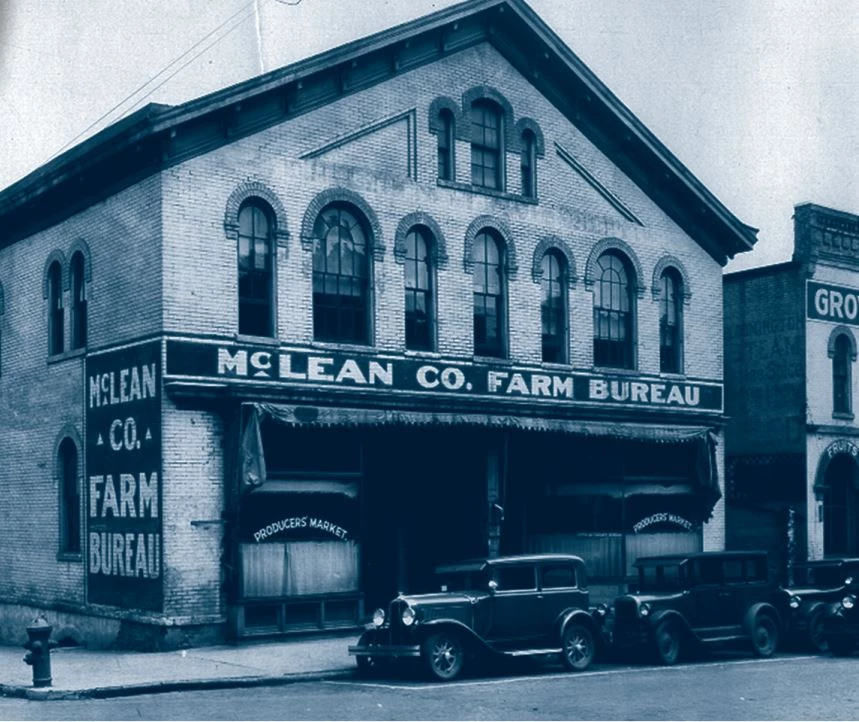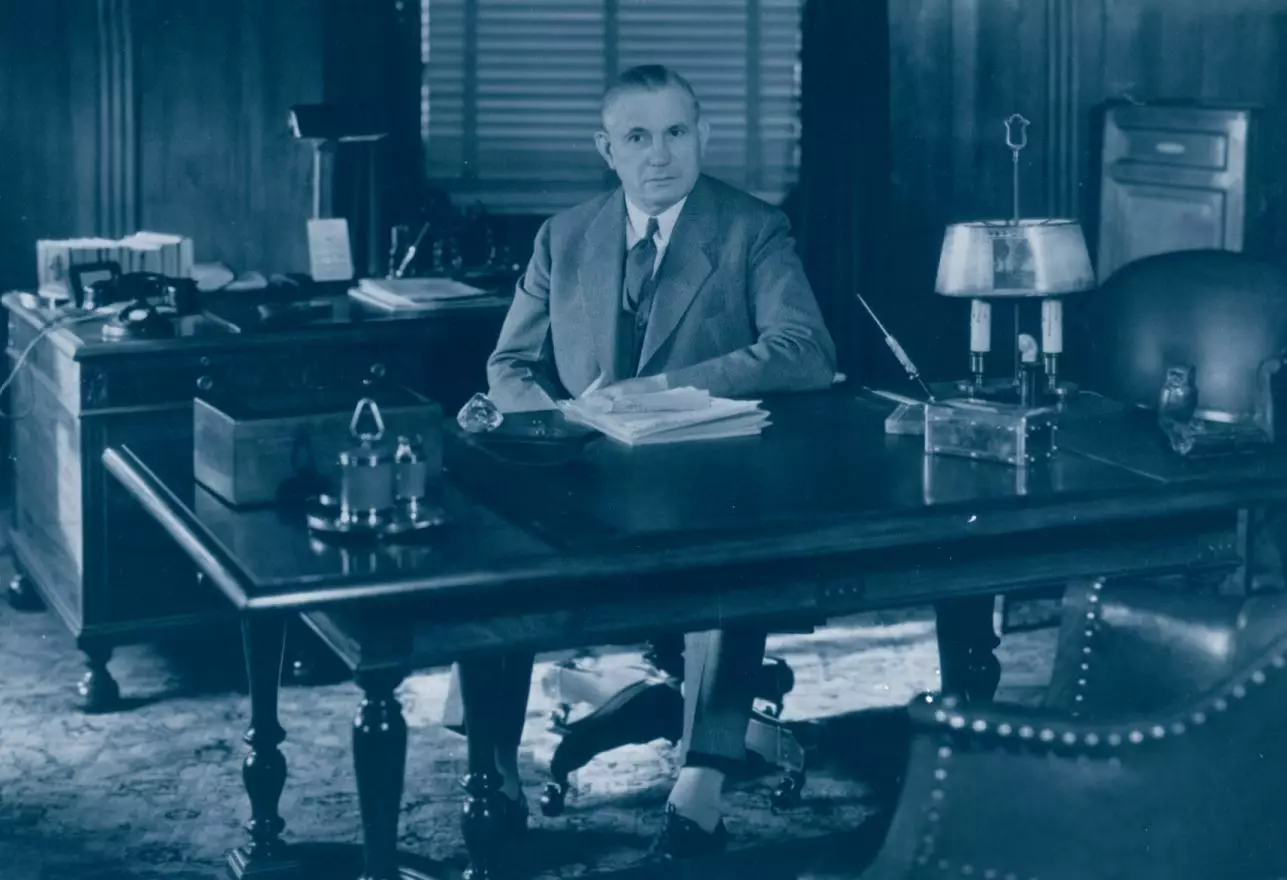Insuring the Automobile
The insurance industry grew rapidly in McLean County, providing many jobs for salesmen, clerks, secretaries, and more.Featuring:Marie Iery Huffman, (1914 – 2001), system analyst at State FarmGeorge Jacob “GJ” Mecherle, (1877 – 1951), founder of State FarmAfter her graduation from Bloomington High School in 1931, Marie Iery Huffman (1914-2001) began work as a clerk at State Farm. Marie’s first job was to record premium payments for policy holders in the company’s ledger books. She did this by hand.
“Fred Erickson [a coworker] would call off the premiums paid, and I’d write them in a book. Then, of course, we added them up by hand.”
— Marie Huffman
Can you imagine a time in which everything was handwritten, when no typewriters or computers existed?
What other technologies have been developed in your lifetime that have changed the way we work?
The first typewriters were manufactured by Remington in 1873. But these expensive machines were not practical, nor were they fast. By the 1920s many businesses used typewriters like this one.
Royal typewriter and typewriter ribbon, circa 1945

View this object in Matterport
When not recording policy holder payments, Marie used a manual typewriter like the one above. Paxton’s office supply store, located less than a block from State Farm’s home office in downtown Bloomington, supplied much of the company’s equipment and furniture, including this typewriter and ribbon.
Donated by: Karen Strebe (typewriter), Greg and Carol Koos (ribbon)
918.971, 888.898
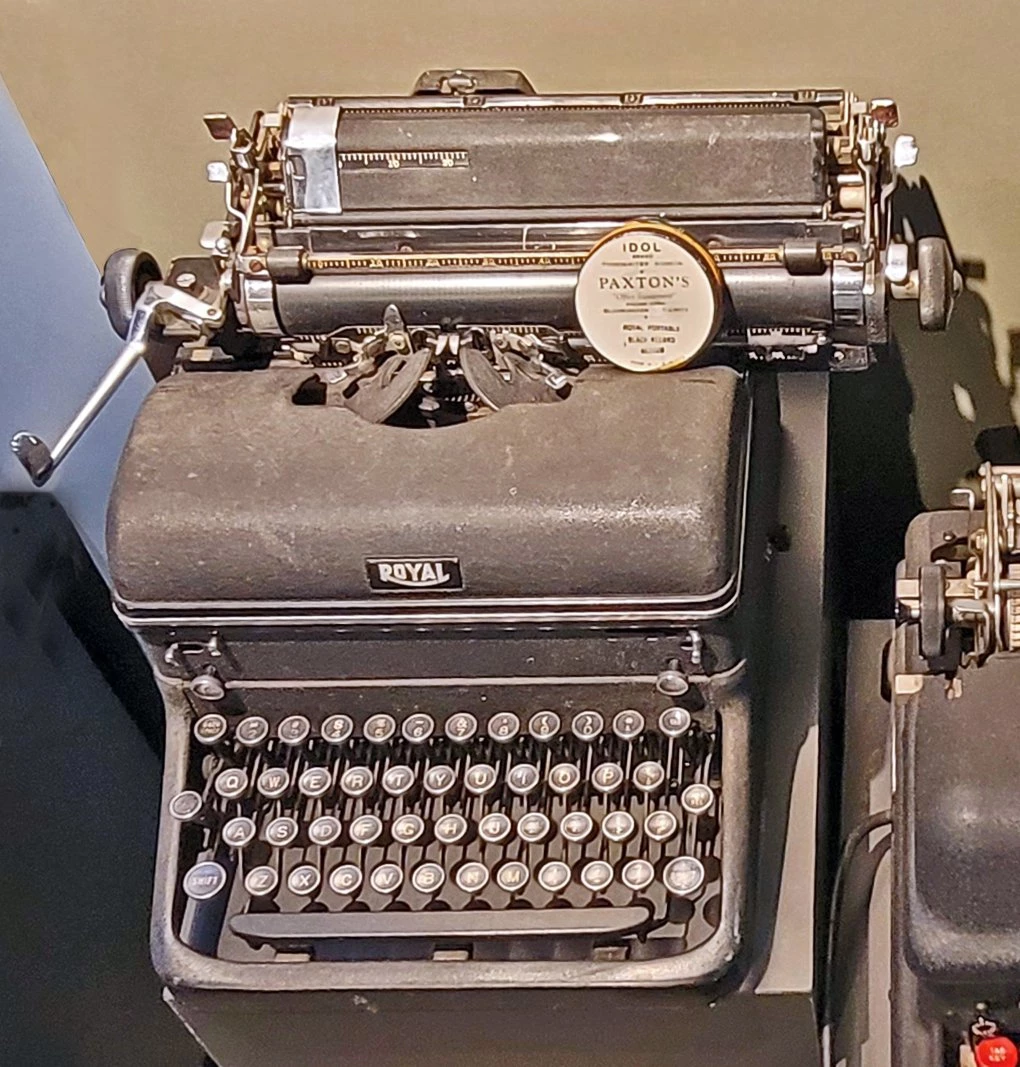
When computers were introduced at State Farm, Marie became a system analyst, working to make sure the company used their computers productively.
Her job was to solve problems related to computer technology, as well as to help set up both the hardware and software for new computer systems. She also researched and added new software applications to increase computer productivity.
From the day she started until she retired in 1973, Marie witnessed major technological advancements in the field of data processing — from handwritten records to using electric typewriters, then to the use of computers to document procedures and track the company’s records.
IBM Electromatic typewriter, circa 1945
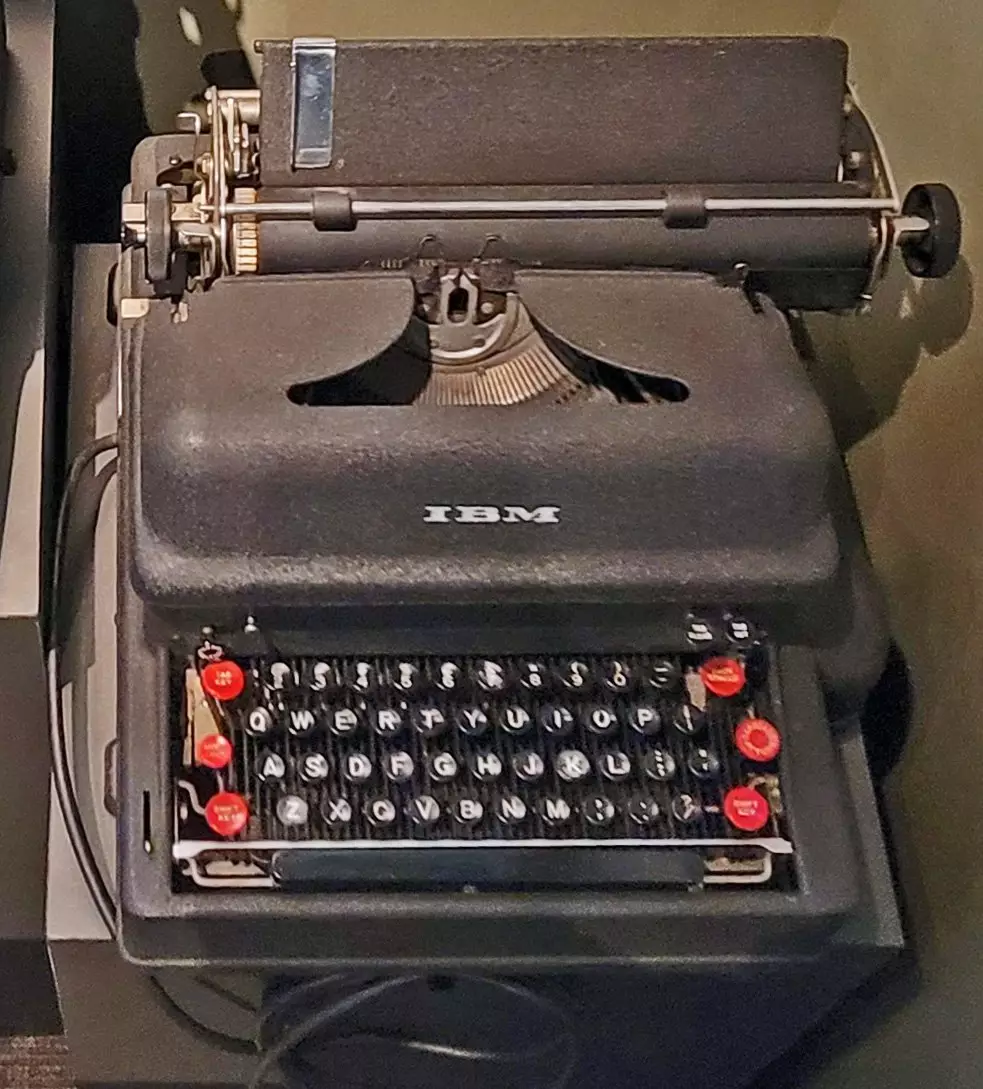
View this object in Matterport
State Farm was quick to adopt new technologies. Soon after IBM offered an electric typewriter in 1944, Marie had one on her desk.
Courtesy of: State Farm Mutual Automobile Insurance Company
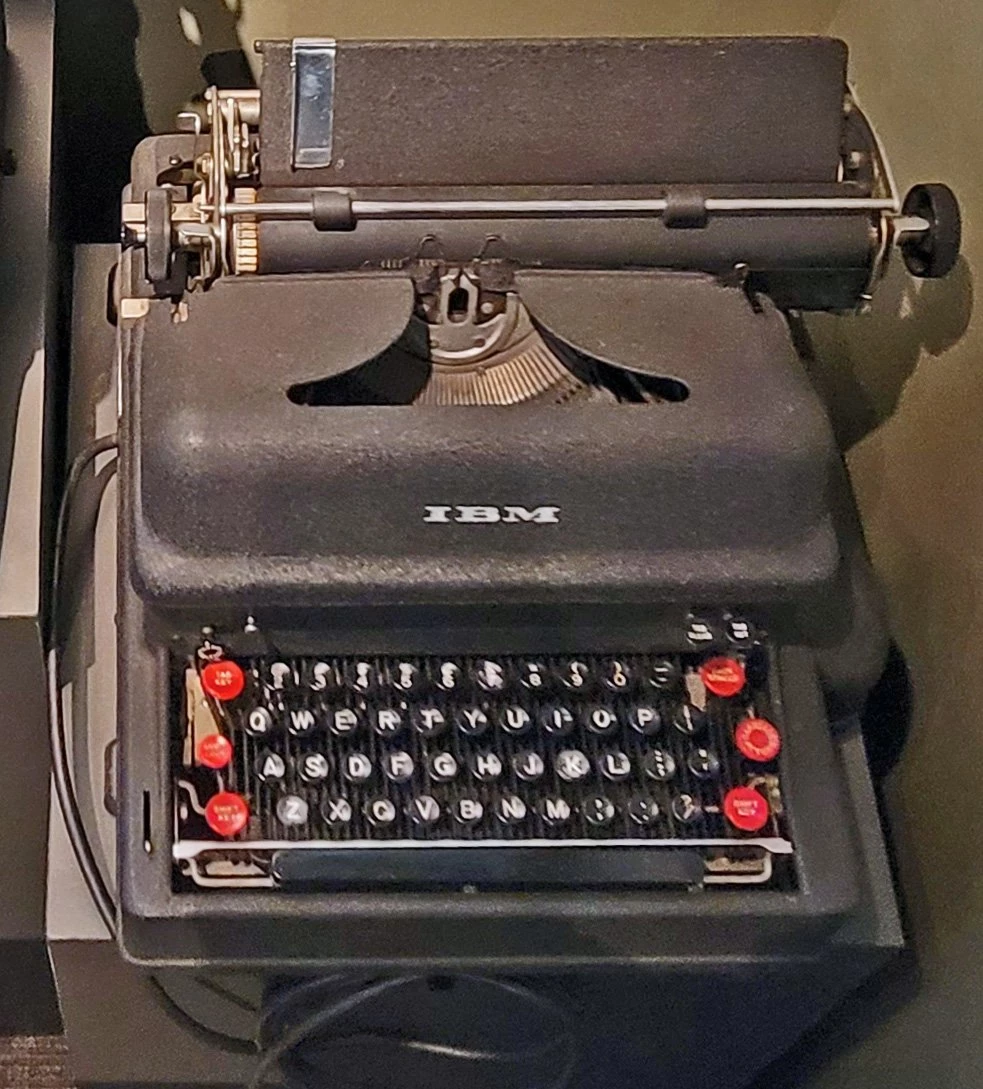
The twelfth employee hired by State Farm, Marie started work in the company’s brand new eight-story building on the corner of Washington and East streets in Bloomington.
A reflection of the company’s fast growth, four additional stories and a penthouse auditorium were added in 1934. In 1939 an addition was made to the north, and in 1945 five more stories were added to that building.
When Marie retired in 1973, the company employed 25,647 people in the U.S. and Canada. The following year State Farm’s new headquarters was completed on Bloomington’s east side.
In 2017 State Farm had over 65,000 employees and more than 18,000 independent contractors working in the U.S.
The belief that rural farmers were being gouged by “big city” insurance companies motivated a local farmer to start his own business.
George Jacob “GJ” Mecherle (1877-1951) was a Merna area farmer with a mind for business.
He believed rural drivers had a very different experience than city drivers and that farmers were being charged unfair “big city” insurance rates. He took his idea for a farmer-oriented insurance company to the Illinois State Association of Insurance Companies in 1922s and started the State Farm Mutual Automobile Insurance Company.
GJ’s insurance empire continued to grow, partially because the company stayed on the cusp of new technology. State Farm added life insurance in 1929 and fire insurance in 1935.
By tapping into existing and respected rural organizations, State Farm was the nation’s largest auto insurer by 1942.
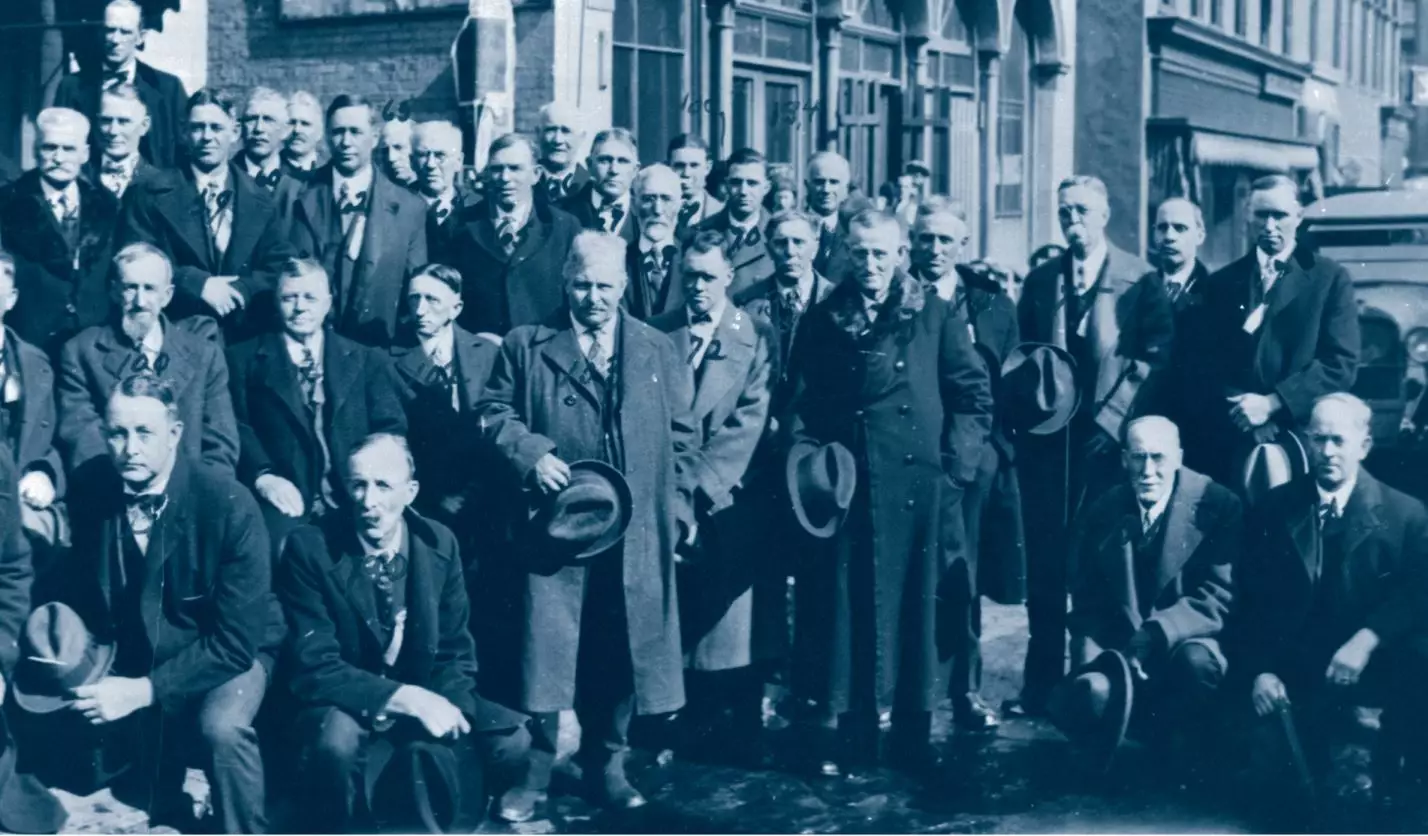
In 1925 a group of State Farm Insurance agents gathered in front of the McLean County Farm Bureau office on Monroe Street in Bloomington. At the time it was also the location of State Farm’s headquarters. Most of these men were directors of county farm bureaus from Illinois and Indiana who also sold State Farm insurance.

 Making a Home
Making a Home
 A Community in Conflict
A Community in Conflict
 Working for a Living
Working for a Living
 Farming in the Great Corn Belt
Farming in the Great Corn Belt
 Abraham Lincoln in McLean County
Abraham Lincoln in McLean County

